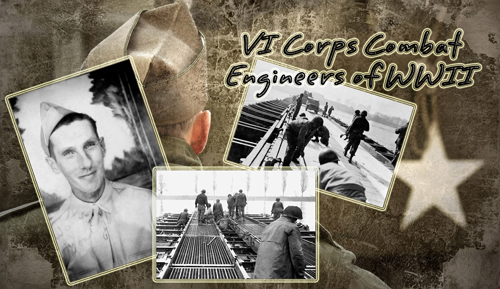http://www.efour4ever.com/mines_german.htm
http://www.lonesentry.com/articles/jp_tank...ters/index.html
http://www.lonesentry.com/articles/ttt/mag...low-charge.html
http://www.geocities.com/Augusta/8172/panzerfaust1.htm
http://www.inert-ord.net/ger03a/gerat/index.html
----------------------------------------------------------
"Sticky Bomb"
Supposedly listed in the Ranger Handbook of Field Expedient Devices (which we can't find anywhere in existence) in the movie Saving Private Ryan. The Sticky Bomb is alternately referred to as a sticky charge or sticky grenade. The makeshift explosive was supposedly employed by paratroopers during the Battle of Ramelle consisted of grease-covered socks filled with composition B or TNT explosive material. A fuse was inserted into the explosives and lit just before the explosive was placed on its target. Since we couldn't find the Ranger Handbook of Field Expedient Devices, we looked for the "Sticky Bomb" in the following military manuals:
Sapper Handbook
Ranger Handbook
FM 5-250 Explosives and Demolitions
FM 21-75 Combat Skills of the Soldier
FM 5-34 Engineer Field Data
TM 31-201-1 Incendiaries (1966)
ST 31-180 Special Forces Handbook (1965)
We could not find the "Sticky Bomb" or any of its aliases in any relevant United States military manual. We couldn't even find any explosives that were "sticky". The closest improvised explosive that we could find would be a satchel charge. During WWII, naval demolition teams used explosive filled socks, which made it easy to quickly tie the explosive around a pole, large weapon barrel, or onto a gate. The "Sticky Bomb" was produced by the British during WWII, but there were no greasy socks involved. They British experimented with it but found it too hazardous for use.The Germans and some of their enemies had manufactured anti-tank charges that attached to the armor using magnets, while the US relied on improvised techniques. In 1943, the German chemical company Zimmer developed anti-magnetic paste called "Zimmerit paste" to prevent the allies trying the same thing, though there was never an allied magnetic charge. It was a combination of these materials:
40% barium sulphate
25% polyvinyl acetate
15% ochre pigment
10% saw dust
10% zinc sulphide
This would create a paste that, when spread over an ironeous surface, would make mines unable to stick to the surface. The paste itself does not contain any anti-magnetic abilities, unlike what is often believed (this error is from an Allied intelligence report from 1945). The paste just makes the surface difficult to adhere to. After saying all this, it still remains that "Sticky bombs" are not a proven technique.
---------------------------------------------------
http://en.wikipedia.org/wiki/Sticky_bomb
http://www.thehighroad.org/archive/index.p...hp/t-50517.html
Proud Daughter of Walter (Monday) Poniedzialek
540th Engineer Combat Regiment, 2833rd Bn, H&S Co, 4th Platoon
There's "No Bridge Too Far"




